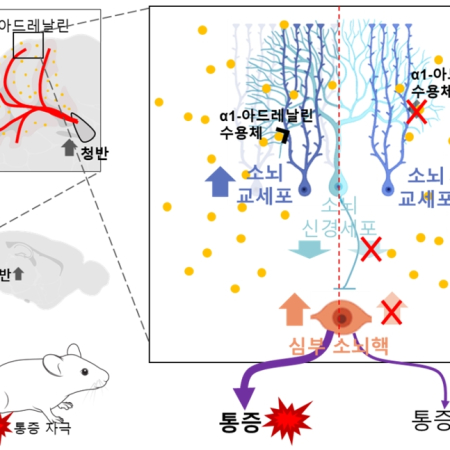Research Research Highlights
Research Highlights
Research Highlights
Research Highlights
Research Highlights 미리보기

Professor Hyobin Yoo’s Research Team at SNU Develops 2D Quantum Material Platform Using Moiré Lattice Superposition
Prof. Hyobin Yoo
Seoul National University College of Engineering has announced that a joint research team led by Professor Hyobin Yoo from the Department of Materials Science and Engineering, in collaboration with Professor Young-Woo Son (Korea Institute for Advanced Study) and Professor Changwon Park (Ewha Womans University), has successfully developed a two-dimensional (2D) quantum material platform through the superposition of moiré lattices.
Research Highlights Board
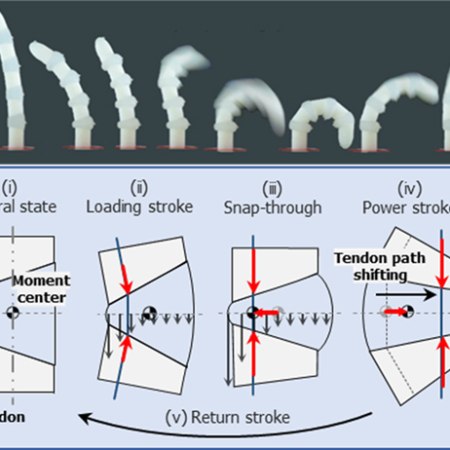
Professor Kyu-Jin Cho's Research Team at Seoul National University Applies the Principles of Mantis Shrimp and Fleas to Create Soft Robots with Powerful Movements
Prof. Kyu-Jin Cho
Seoul National University College of Engineering announced that a research team led by Professor Kyu-Jin Cho (Director of the Soft Robotics Research Center) from the Department of Mechanical Engineering took inspiration from principles found in nature and developed the "Hyperelastic Torque Reversal Mechanism (HeTRM)," which enables robots made from rubber-like soft materials to perform rapid and powerful movements.
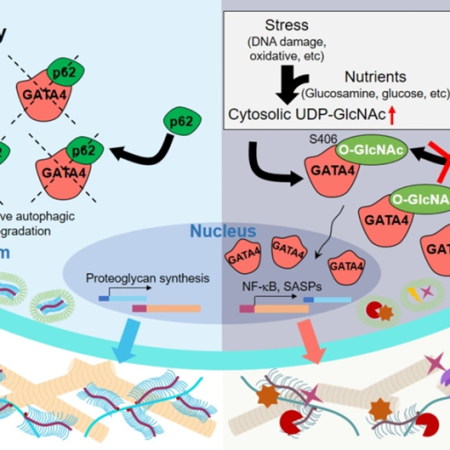
Regulation of senescence-associated secretory phenotypes in osteoarthritis by cytosolic UDP-GlcNAc retention and O-GlcNAcylation
Prof. Jin-Hong Kim
Professor Jin-Hong Kim's research team from School of Biological Sciences at SNU identified the pathogenic role of sugar modification which governs the senescence-associated secretory phenotype in cartilage, and proposed targeting GATA4 O-GlcNAcylation as a senostatic strategy for osteoarthritis.
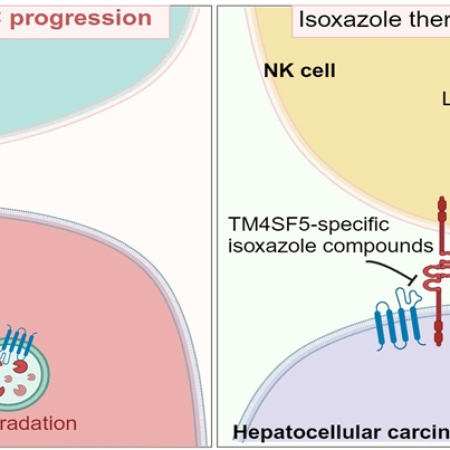
Isoxazole-based molecules restore NK cell immune surveillance in hepatocarcinogenesis by targeting TM4SF5 and SLAMF7 linkage
Prof. Jung Weon Lee
Dynamic communication between hepatocytes and the environment is critical in hepatocellular carcinoma (HCC) development. Clinical immunotherapy against HCC is currently unsatisfactory and needs more systemic considerations, including the identification of new biomarkers and immune checkpoints.
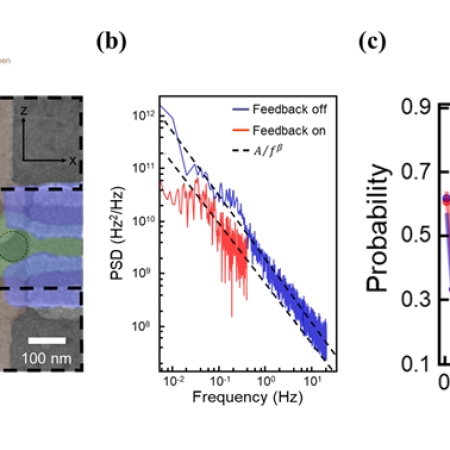
Passive and active suppression of transduced noise in silicon spin qubits
Prof. Dohun Kim
Professor Dohun Kim's research team from the Department of Physics and Astronomy at SNU has successfully developed two techniques to suppress noise and its effects, which hinder high-fidelity quantum operations. Using these methods, they achieved a two-fold improvement in inhomogeneous coherence time and a ten-fold improvement in the quality of Rabi oscillations.
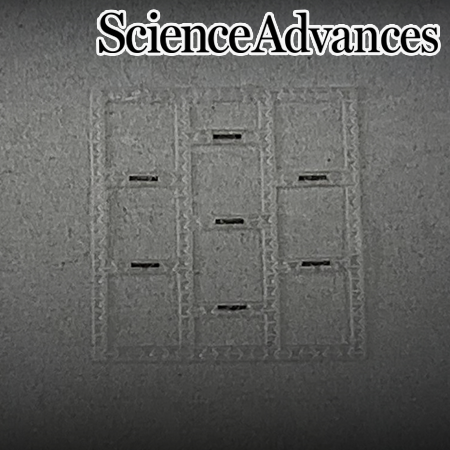
Professor Seung-Kyun Kang's Research Team at Seoul National University Developed the World’s Most Sensitive Flexible Strain Sensor
Prof. Seung-Kyun Kang
Seoul National University College of Engineering announced that a research team led by Prof. Seung-Kyun Kang from the Department of Materials Science and Engineering at Seoul National University (first authors: Dr. Jae-Hwan Lee and Ph.D. candidate Yoon-Nam Kim) has developed a strain sensor with record-breaking sensitivity in collaboration with researchers from Dankook University, Ajou University, and Purdue University.
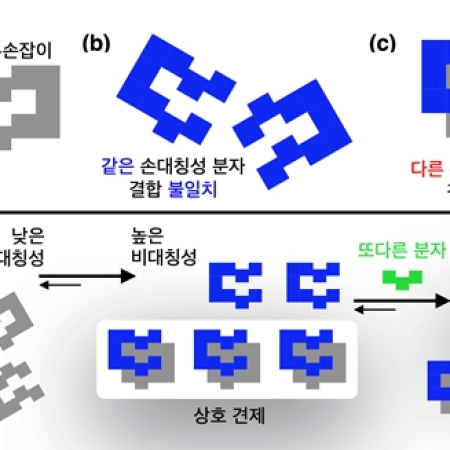
Mutually antagonistic molecular clips: symmetry-breaking non-covalent bonds at the chiral–nonchiral interface
Prof. Dongwhan Lee
The homochirality of life remains an unresolved scientific question. Prevailing models postulate that homochirality arose through mutual antagonism. In this mechanism, molecules of opposite handedness deactivate each other, amplifying even a small enantiomeric excess into a larger proportion.
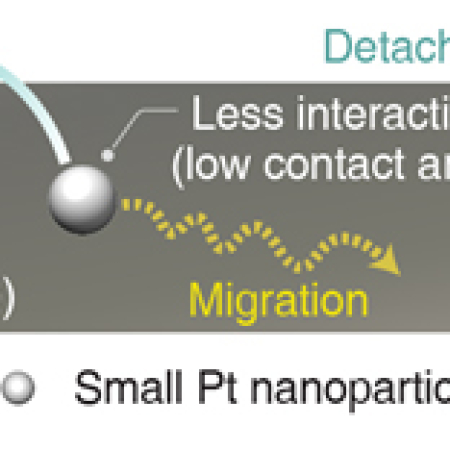
SNU-Hyundai Motor Group Jointly Develop Advanced Technology for Evaluating Fuel Cell Catalyst Durability and Degradation Mechanisms
Prof. Jungwon Park and Jaeyune Ryu
The College of Engineering at Seoul National University announced that Professors Jungwon Park and Jaeyune Ryu of the Department of Chemical and Biological Engineering, in collaboration with Hyundai Motor Group, have developed an innovative technology for rapid durability assessment and identification of degradation mechanisms of hydrogen fuel cell catalysts.
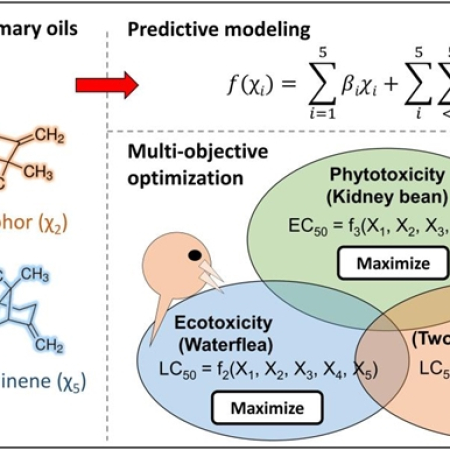
Compositional Optimization for Miticidal Activity, Ecotoxicity, and Phytotoxicity of Rosmarinus officinalis Essential Oils as Biorational Pesticides
Prof. Jun-Hyung Tak
The SNU CALS team, led by Prof. Jun-Hyung Tak, has presented a framework to optimize the composition of natural product-based pesticides, maximizing pesticidal activity while minimizing undesirable effects such as ecotoxicity and phytotoxicity.
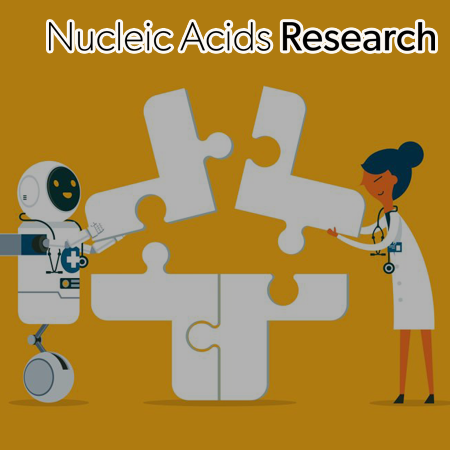
Discovery of Highly Active Kynureninases for Cancer Immunotherapy through Protein Language Model
Prof. Woon Ju Song & Prof. Martin Steinegger
Overcoming the immunosuppressive tumor microenvironment is a promising strategy in anticancer therapy. L-kynurenine, a strong immunosuppressive metabolite can be degraded through kynureninases.
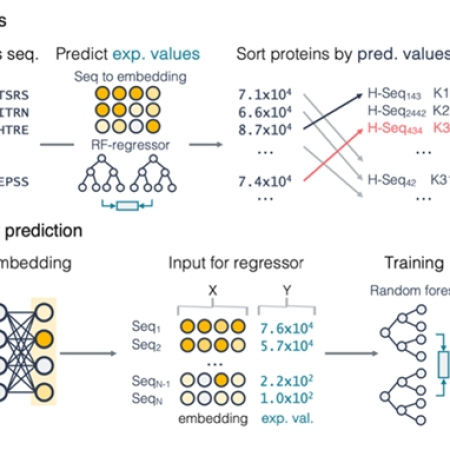
Discovery of Highly Active Kynureninases for Cancer Immunotherapy through Protein Language Model
Prof. Woon Ju Song and Martin Steinegger
Tailor-made enzymes empower a wide range of versatile applications, although searching for the desirable enzymes often requires high throughput screening and thus poses significant challenges. In this study, we employed homology searches and protein language models to discover and prioritize enzymes by their kinetic parameters.


